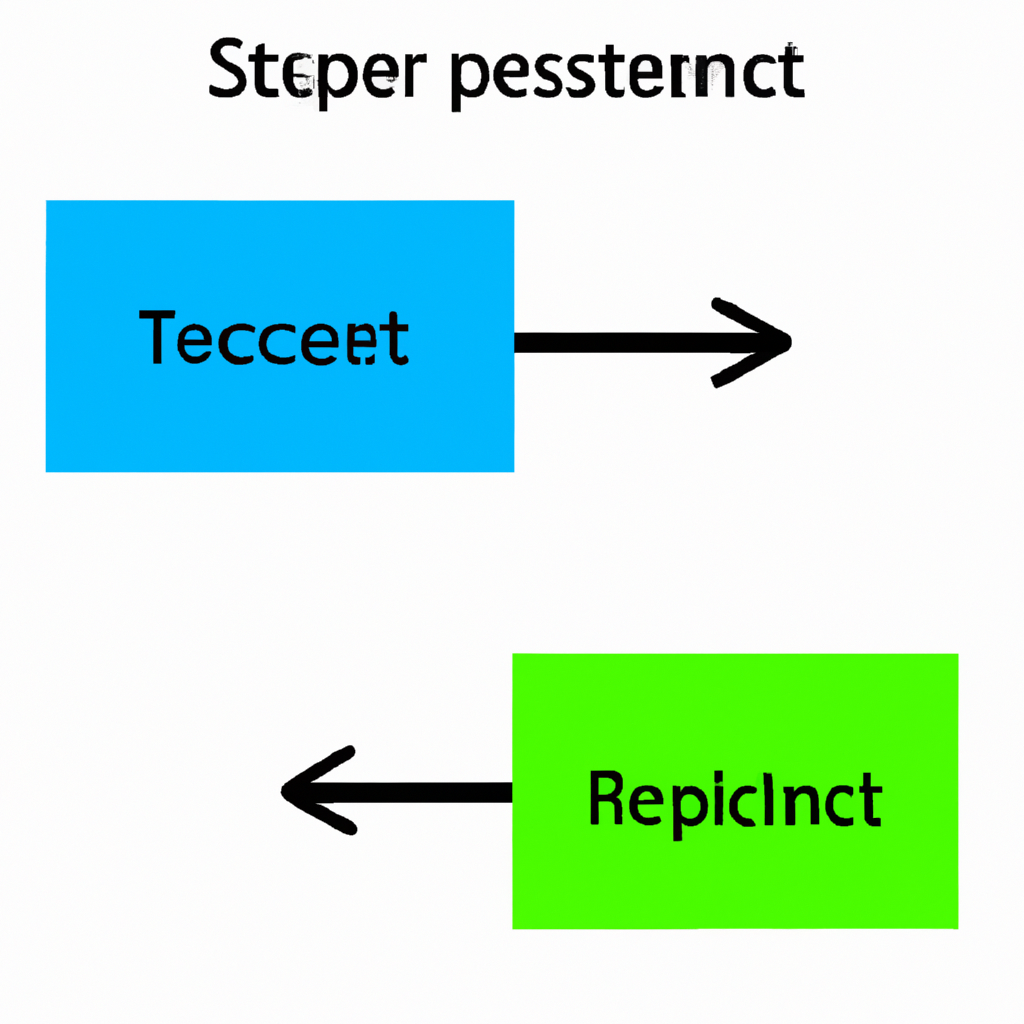Support and Resistance Level Strategies
Introduction
Support and resistance levels are key concepts in technical analysis that can help traders make informed decisions about buying and selling assets. These levels represent areas on a chart where the price of an asset has historically shown a tendency to stop and reverse its direction. Traders can use support and resistance levels to identify potential entry and exit points, as well as to set stop-loss and take-profit levels. In this article, we will explore some effective strategies for utilizing support and resistance levels in your trading.
Strategy 1: Breakout Trading
One popular strategy is breakout trading, which involves entering a trade when the price breaks above a resistance level or below a support level. Traders can set buy orders above the resistance level or sell orders below the support level, anticipating that the price will continue to move in the breakout direction. This strategy works well when the price breaks through a significant support or resistance level, indicating a strong shift in market sentiment.
Steps:
- Identify a strong support or resistance level on the chart.
- Wait for the price to break above the resistance level or below the support level.
- Place a buy order above the resistance level or a sell order below the support level.
- Set a stop-loss order to limit potential losses if the breakout fails.
- Monitor the trade and adjust the take-profit level based on market conditions.
Strategy 2: Support and Resistance Bounce
Another strategy is to trade the bounce off support or resistance levels. In this approach, traders aim to enter a trade when the price reaches a support level and bounces higher or reaches a resistance level and bounces lower. This strategy assumes that the support or resistance level will hold and that the price will reverse its direction after touching these levels.
Steps:
- Identify a well-established support or resistance level on the chart.
- Wait for the price to approach the support or resistance level.
- Look for confirmation signals such as candlestick patterns, trendline breaks, or indicators signaling a potential reversal.
- Enter a trade in the opposite direction of the bounce.
- Set a stop-loss order below the support level or above the resistance level.
- Take profits when the price reaches the next significant support or resistance level.
Strategy 3: Support and Resistance Zones
Support and resistance levels are not always precise lines on a chart. They can also be represented as zones, where the price tends to cluster around a particular area. Trading support and resistance zones involves identifying these areas of congestion and using them as potential entry or exit points.
Steps:
- Identify areas on the chart where the price has previously shown congestion or consolidation.
- Draw horizontal lines to mark the upper and lower boundaries of these zones.
- Wait for the price to approach these zones and look for reversal patterns or other signals.
- Enter a trade when the price confirms a bounce or breakout from the zone.
- Set stop-loss orders outside the support or resistance zone to limit potential losses.
- Take profits based on the distance between the entry point and the next significant support or resistance level.
Conclusion
Support and resistance levels are powerful tools that can enhance a trader’s decision-making process. By incorporating strategies such as breakout trading, support and resistance bounces, and trading support and resistance zones, traders can improve their chances of success in the financial markets. Remember to always combine these strategies with proper risk management techniques and thorough analysis to increase the probability of profitable trades.

